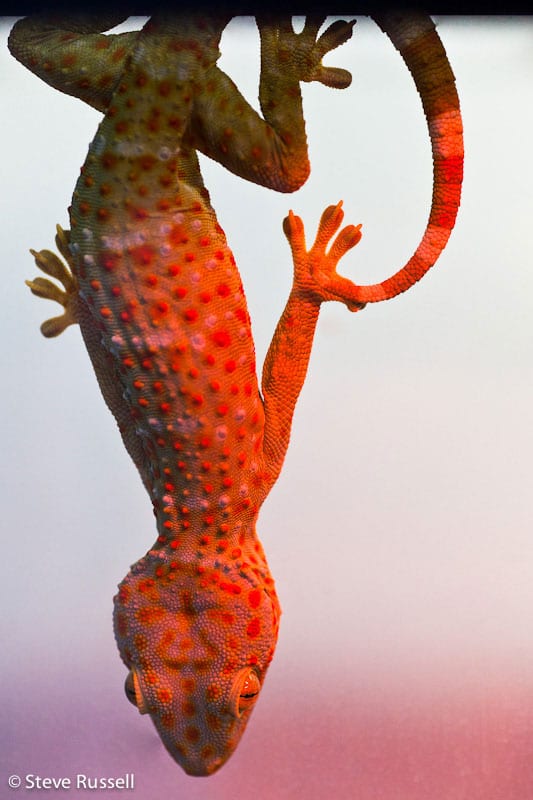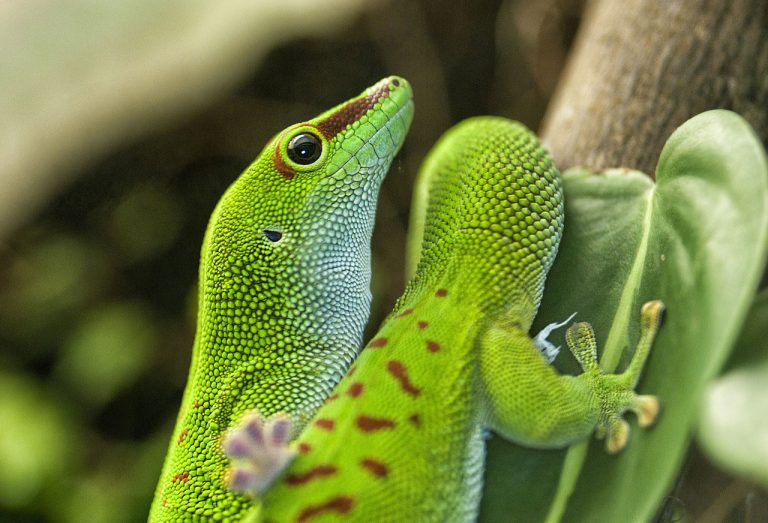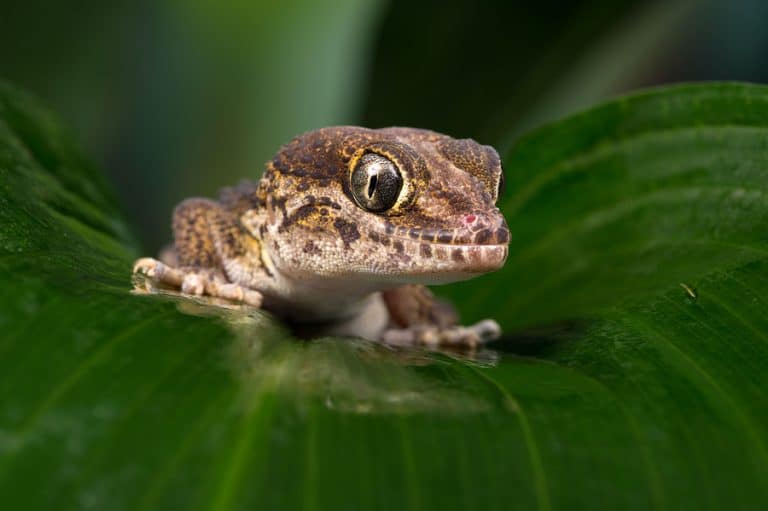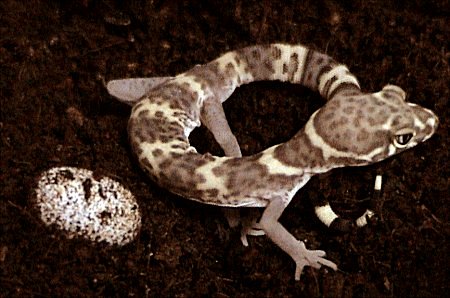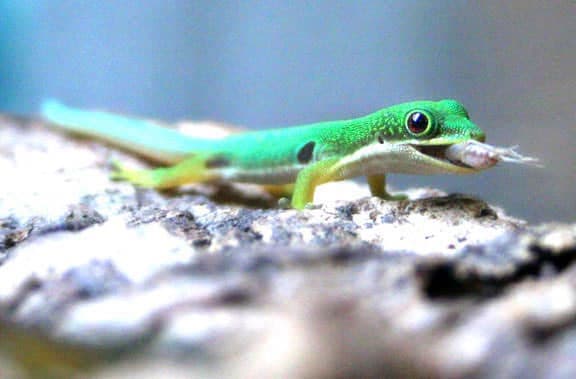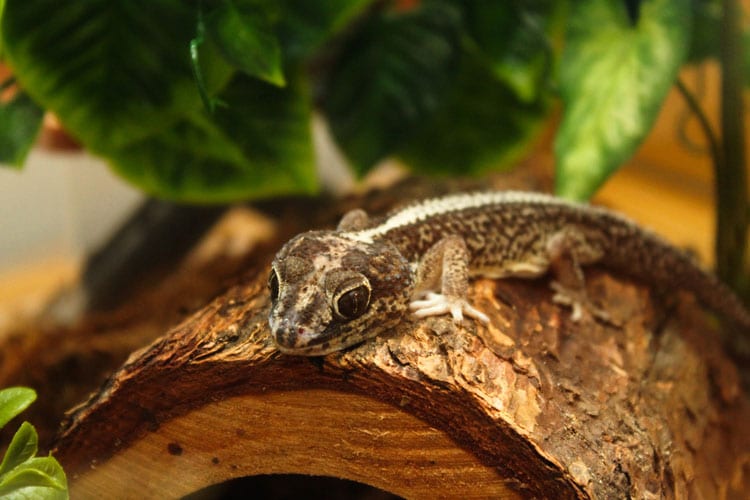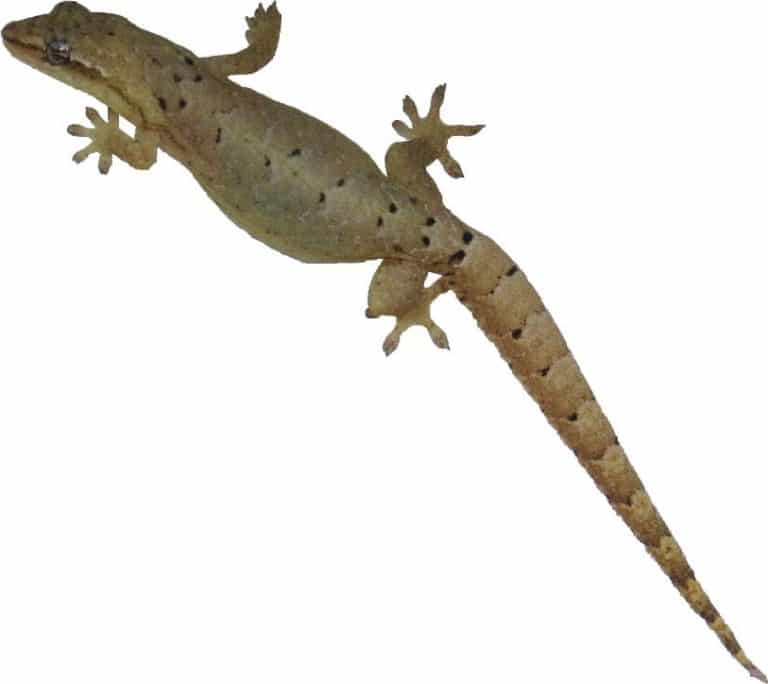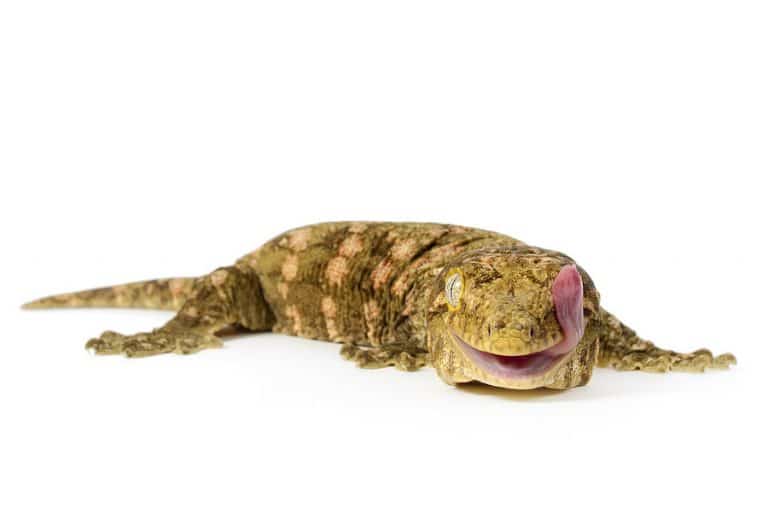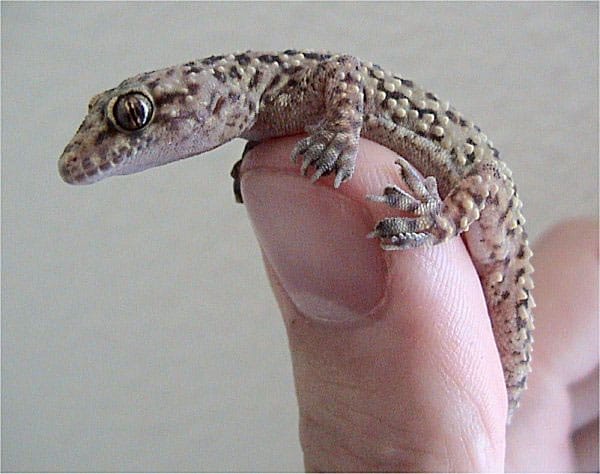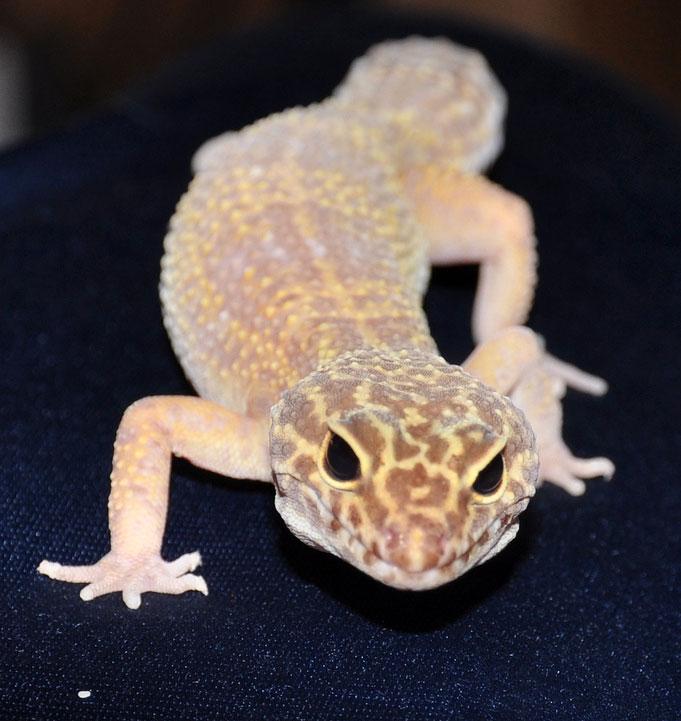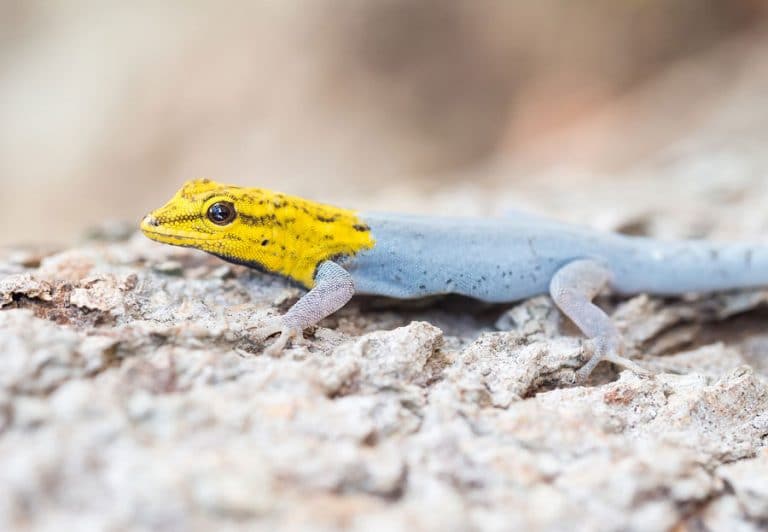Tokay Gecko
The Tokay Gecko (Gekko gecko) or grassland gecko of the night, inhabits the Northeastern parts of India, entire southeastern Asia, Nepal, Bangladesh, the Philippines, Indonesia, and the Western part of New Guinea. Its main habitats are trees, cliffs, and tropical forests, but often adapts well to human surroundings. At night they wander on ceilings and…

